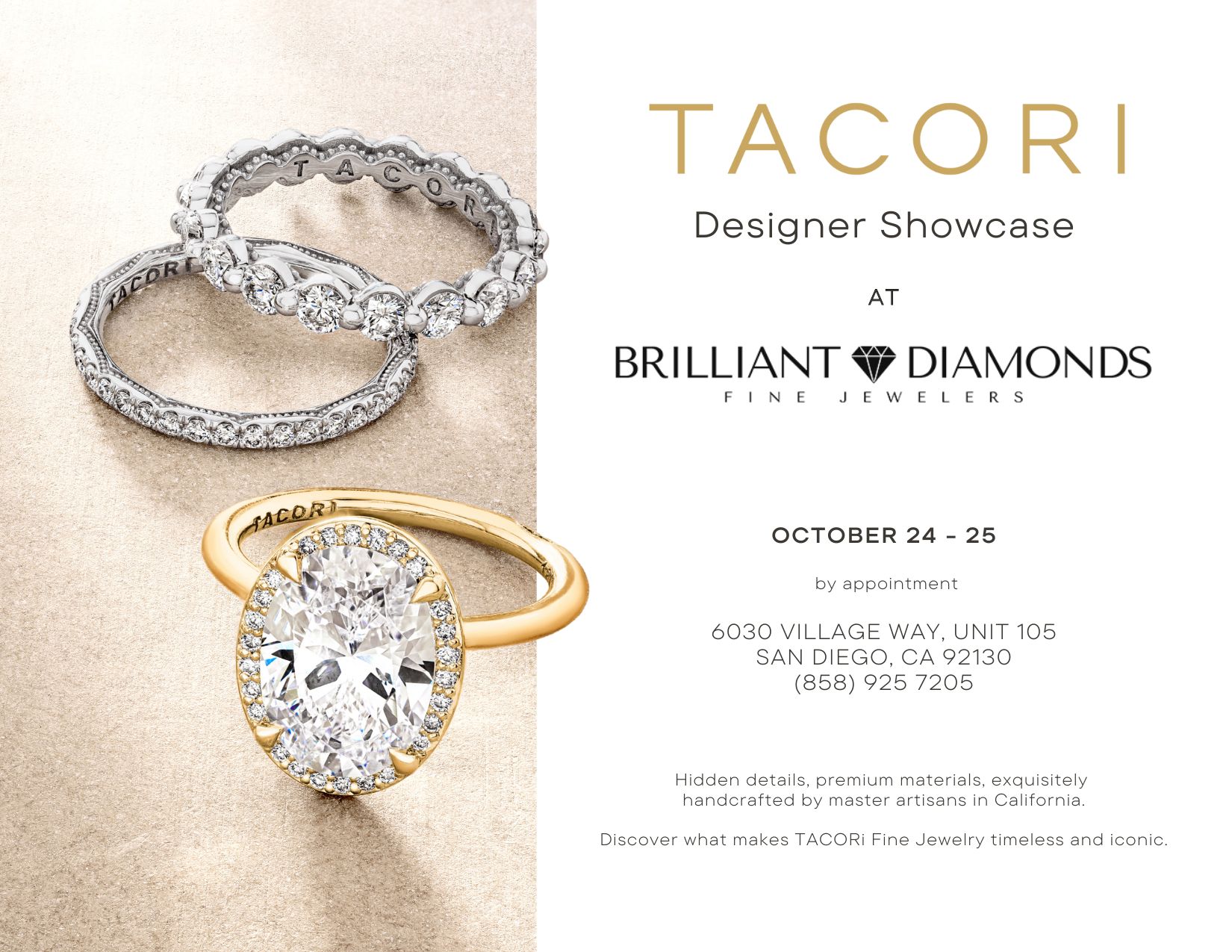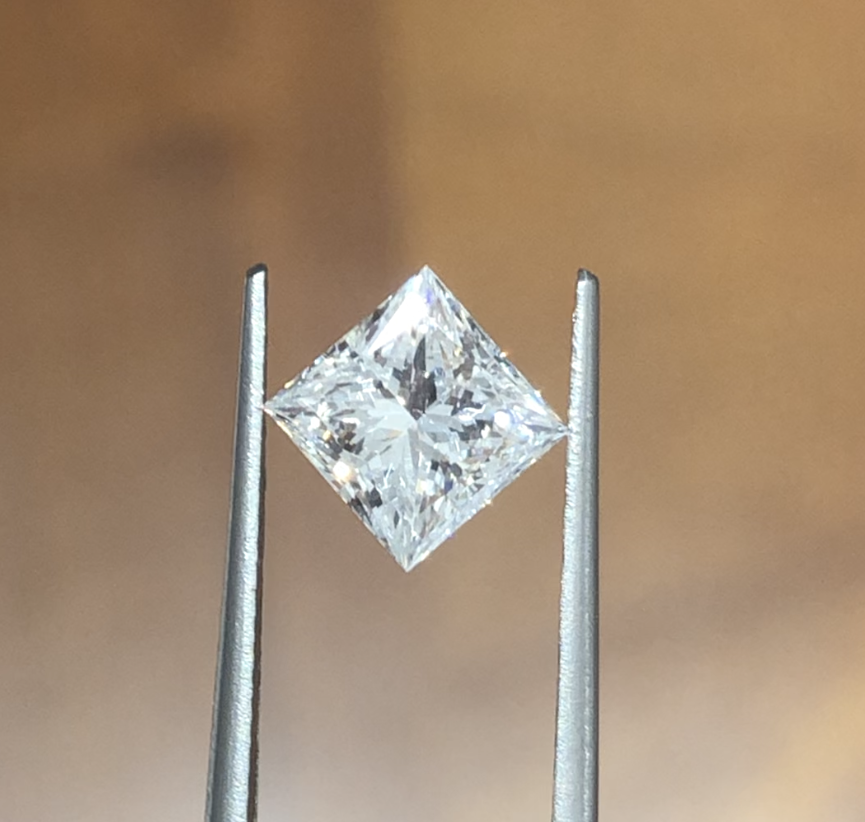Laboratory Grown Diamonds

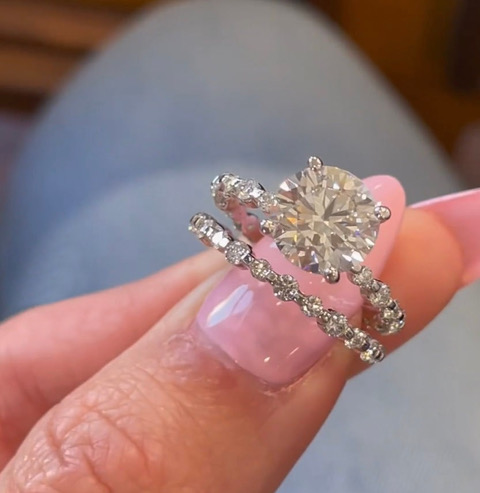
Brilliant Diamonds is proud to offer laboratory-grown diamonds that are not only beautiful, but also environmentally friendly and conflict-free. Our lab-grown diamonds are carefully crafted in a controlled environment using advanced technology, resulting in high-quality diamonds that have the same chemical, physical, and optical properties as natural diamonds.
What are Laboratory-Grown Diamonds?
Our laboratory-grown diamonds are created in a controlled environment using advanced technology, resulting in real diamonds that are a fraction of the cost of natural diamonds. These diamonds are eco-friendly and conflict-free, making them the perfect choice for conscious consumers who want to make a positive impact on the environment and society. Lab-grown diamonds cost 30-40% less than natural diamonds of similar size, color, and clarity.
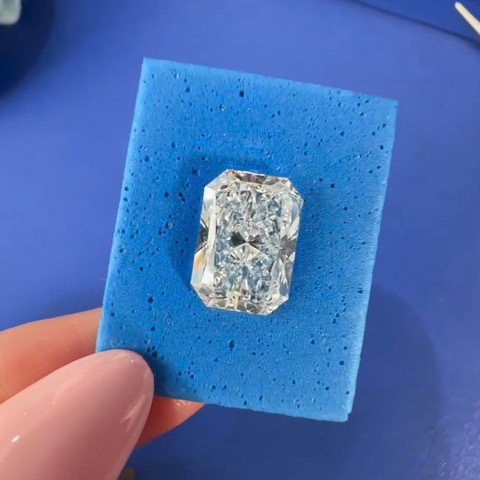
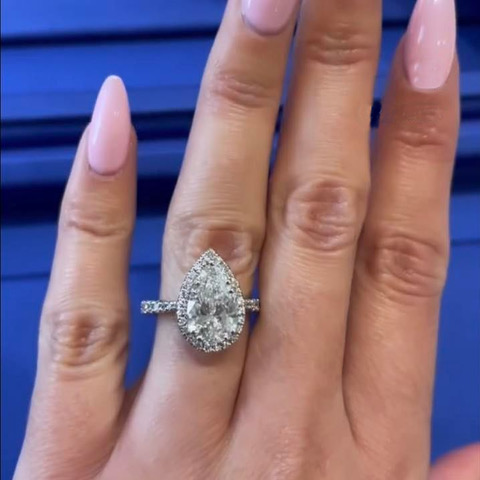
What Makes Laboratory-Grown Diamonds Unique?
Laboratory-grown diamonds are an ethical and sustainable alternative to traditionally mined diamonds. They offer all the beauty and quality of natural diamonds, but are created in a controlled environment using renewable energy, resulting in a much smaller environmental footprint. Additionally, lab-grown diamonds are 100% conflict-free, providing peace of mind for conscientious consumers.
How are Laboratory Diamonds Grown?
Lab-grown diamonds are created using one of two methods: High Pressure High Temperature (HPHT) and Chemical Vapor Deposition (CVD).
In the HPHT method, diamond seeds are placed in a press along with a carbon-rich material, such as graphite. The press applies extreme heat and pressure to the mixture, causing the carbon atoms to rearrange and form into diamond crystals. This process can take several weeks to months.
CVD is a process that involves creating a plasma of carbon-rich gases, such as methane or acetylene, and then depositing this plasma onto a substrate, such as a piece of silicon or a diamond seed. The carbon atoms in the plasma then deposit onto the substrate, forming a diamond crystal.
Both methods can produce high-quality diamonds that are essentially the same as natural diamonds in terms of their physical and chemical properties, but lab-grown diamonds can be produced in a much shorter time frame and at a lower cost than natural diamonds.
Do Lab-grown diamonds look different than natural diamonds?
Lab-grown diamonds and natural diamonds are both made of carbon, and they both have the same physical and chemical properties. However, there are a few small differences that can be used to distinguish between the two.
One difference is that lab-grown diamonds may have fewer inclusions and blemishes, or "birthmarks," than natural diamonds. This is because the lab-grown diamond can be grown under very controlled conditions, which allows for fewer impurities to be present in the final product. Additionally, lab-grown diamonds tend to have more regular crystal structures than natural diamonds, which can make them appear more "perfect" to the naked eye.
These differences are difficult to spot with an untrained eye and sometimes even by experts. A diamond certification expert like the GIA (Gemological Institute of America) is the most reliable source to confirm a diamond as natural or lab-grown.
You’ve heard about Moissanite, what is it?
Moissanite is a diamond alternative that is made of silicon carbide. It was first discovered in a meteor crater in Arizona in 1893 by French scientist Henri Moissan, who originally mistook it for diamond. Moissanite has been used as a diamond alternative due to its unique optical properties, including high brilliance and fire. Although moissanite has a similar appearance to a diamond, it is not a diamond and has different physical and optical properties. Moissanite costs less than diamonds, making it an additional option for those looking for a diamond-like stone at a lower price point.
How Do Laboratory-Grown Diamonds Compare to Moissanite?
Moissanite is a diamond alternative known for its unique brilliance and affordability. However, it's essential to note that moissanite is not a diamond. Moissanite has different optical and physical properties, which means that it doesn't have the same fire, sparkle, and hardness as a diamond. If you're looking for a stone that has the same characteristics as a natural diamond, laboratory-grown diamonds are the way to go.
Our Collection of Laboratory-Grown Diamonds
At Brilliant Diamonds, we offer an extensive selection of laboratory-grown diamonds in various colors, sizes, and shapes. Not all Laboratory-Grown diamonds are alike. Our diamonds are meticulously crafted to ensure that they're of the highest quality and beauty, making them a perfect choice for any occasion. Whether you're looking for a classic round diamond, a princess-cut diamond, or a fancy colored diamond, we have a wide range of options to suit your individual style and budget.
Our Promise to You
We're committed to providing our customers with exceptional service and support throughout the buying process. Our team of diamond experts is always available to answer any questions you may have and to help you find the perfect stone for your needs and budget. We stand behind every stone we sell and are committed to ensuring your complete satisfaction with your purchase.
Contact Us Today
If you're interested in learning more about our laboratory-grown diamonds or have any questions about our products, please don't hesitate to contact us. Our friendly and knowledgeable team is here to help you find the perfect diamond for your needs and budget.












 Princess Cut Rings
Princess Cut Rings  Round Cut Rings
Round Cut Rings  Radiant Cut Rings
Radiant Cut Rings  Cushion Cut Rings
Cushion Cut Rings  Oval Cut Rings
Oval Cut Rings  Emerald Cut Rings
Emerald Cut Rings  Pear Shape Rings
Pear Shape Rings  Diamond Rings
Diamond Rings  Solitaire Rings
Solitaire Rings  Three Stones Rings
Three Stones Rings  Side Stone Rings
Side Stone Rings  Halo Rings
Halo Rings  Gold Rings
Gold Rings  Pave Wedding Bands
Pave Wedding Bands  Channel Wedding Bands
Channel Wedding Bands  Prong Wedding Bands
Prong Wedding Bands  Eternity Wedding Bands
Eternity Wedding Bands  Diamond Wedding Bands
Diamond Wedding Bands  Men's Wedding Bands
Men's Wedding Bands  Women's Wedding Bands
Women's Wedding Bands  Unisex Wedding Bands
Unisex Wedding Bands  Heart
Heart  Circle
Circle  Solitaire
Solitaire  Diamond
Diamond  Chain
Chain  Pearl
Pearl  Gemstone
Gemstone  Religious
Religious  Gold
Gold  Hoop
Hoop  Stud
Stud  Drop
Drop  Chandelier
Chandelier  Huggies
Huggies  Diamond
Diamond  Pearl
Pearl  Gemstone
Gemstone  Gold
Gold  Bangles
Bangles  Diamond
Diamond  Gemstone
Gemstone  Pearl
Pearl  Gold
Gold  Gemstones
Gemstones  Diamond
Diamond  Gold
Gold 